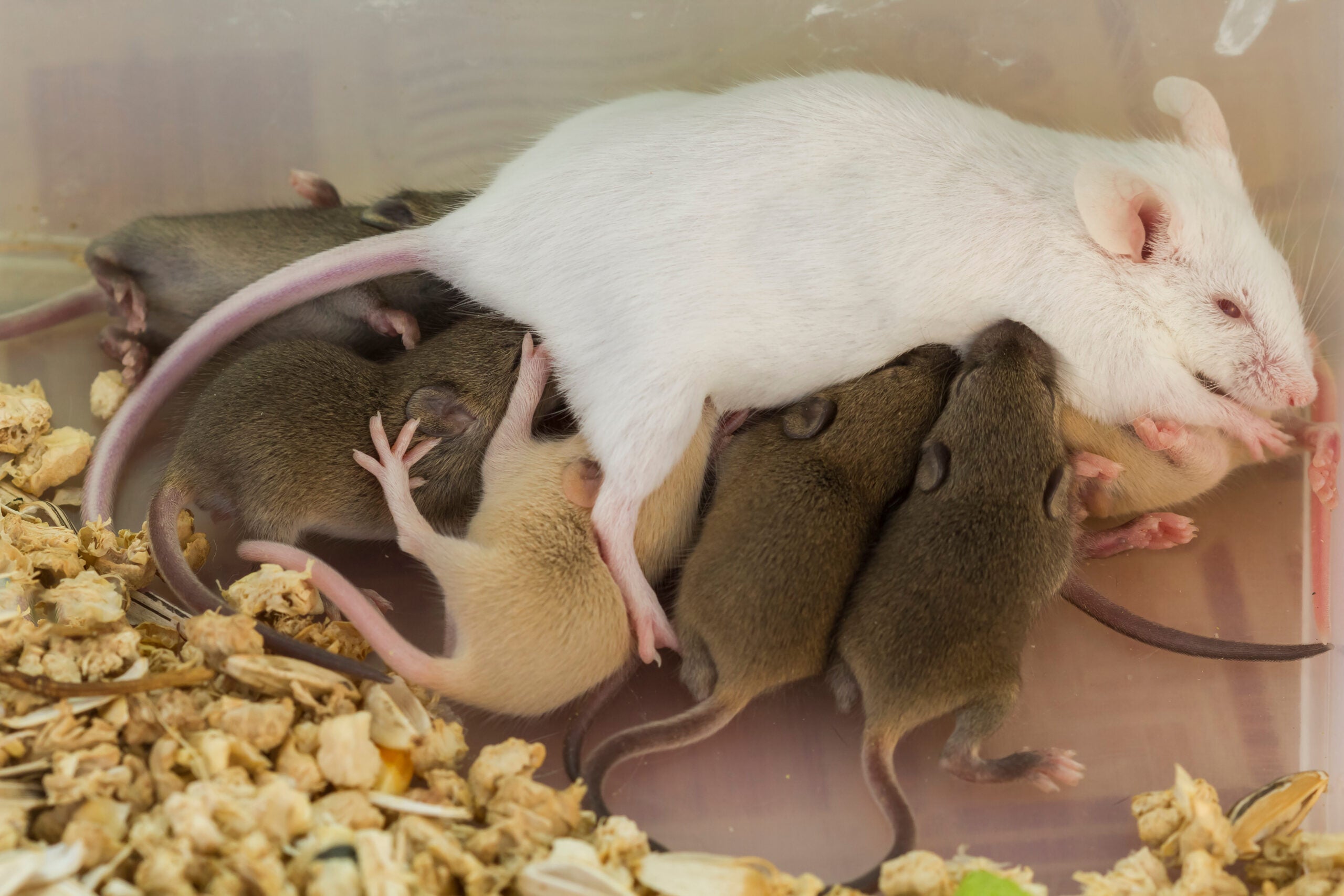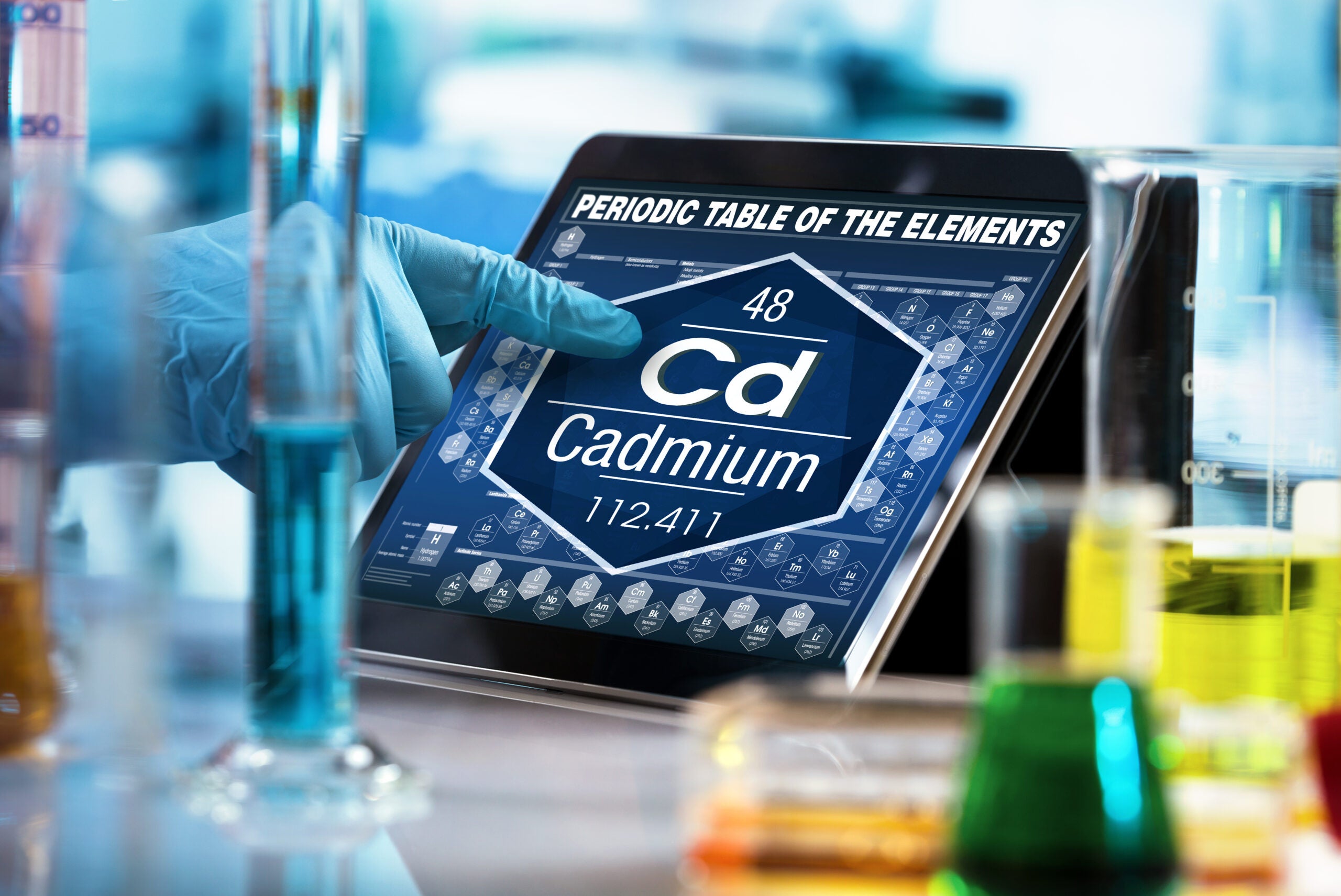Toxic Chemicals in Consumer Products: More than Just Consumer Exposure
Cal Baier-Anderson, Ph.D., is a Health Scientist.
An article recently published in the journal Macromolecules reports on the development of a new process that the authors claim can prevent the migration of phthalates from PVC plastic. This “breakthrough” will undoubtedly be used to argue that industry should be allowed to continue to use a retinue of toxic chemicals in the manufacture of PVC destined for use in a broad variety of applications.
Concern for consumer exposures is often the main argument made against the use of toxic chemicals in consumer applications. With evidence of exposure to chemicals like phthalates in nearly everyone who has been tested, including pregnant women, this is understandable.
But even if the new claims are proven to be true, there are many other reasons we need to find safer substitutes for such chemicals: worker exposures, environmental releases and end-of-life recycling and disposal issues, to name a few. The potential impacts from continued use of toxic chemicals must be examined across their entire lifecycle.
PVC lifecycle concerns extend beyond phthalates
Polyvinyl chloride (PVC) plastic is a prime example of a material that should be reserved for use in only critical applications that have no available substitutes. PVC is made from vinyl chloride, a known human carcinogen. To protect workers, exposures must be tightly controlled, as in the past there have been documented worker exposures resulting in cancer. Both accidental and incidental releases to the environment are an ongoing concern and there have instances of groundwater contamination at some production sites (for example, see here and here).
When it comes to consumer products and medical uses, exposure to vinyl chloride itself has been less of a concern than exposure to the plasticizing agents used to soften the PVC, such as phthalates. These have proven problematic due to migration out of the plastics and into humans. And then there are the end-of-life recycling and disposal issues. Unfortunately, PVC plastic is not readily recyclable and most plastic winds up in incinerators (which can generate ultra-toxic dioxins), in landfills (which must be monitored for leakage in perpetuity), or in water bodies (case in point is the vast floating island of plastic debris in the North Pacific).
While we can and should take steps to reduce consumer exposures to chemicals of concern, such as phthalates, we need to do so by broadly evaluating the materials we use, including how they are made and how they are managed after use. In short, we need to find ways to reduce both the use of toxic chemicals and their impacts throughout the entire lifecycle. And while it may not be feasible to eliminate all uses of such chemicals, we can and should reserve them for critical applications that have no safer substitutes.













2 Comments
Substitution of chemicals which are less toxic before, during and after use is an undeniably valuable goal. I would hope that before endorsing specific bans or encouraging new materials, a holistic review would be done of the broader implications of cost, functionality and the resulting applicability of substitutes. The “reality-based” community, from producers to end users, have a common goal of using technology for the long-term benefit of the entire supply chain. Along with protection from chemicals, we need vigilance and protection from the short-term interests of “the market” and political interests.
Richard, thank you for doing the work to make this document accessible. It is amazing evidence as to how deep the structural flaws of TSCA are, and how they have been magnified by years of overly cautious interpretation.
The report’s last finding, about the difference in norms surrounding intentional chemicals (TSCA) and chemicals that are considered waste (TRI) cannot be overstated. If a similar set of expectations–with respect to public disclosure and safety—-could be developed for both types of chemicals, it will be a huge conceptual step in bettering our nation’s chemicals policies.
TSCA and TRI have a long history of connections. Just to give a little background on the authors of the report, Hampshire Research Associates was founded by Warren R. Muir. He was not only employed in the first EPA Office of Toxic Substances (with the responsibility of deciphering and implementing the brand new TSCA), but ten years later, he (along with David Sarokin) first proposed the concept of a toxics release inventory. I had to opportunity to speak with Warren as part of an oral history project on TSCA that the Environmental History and Policy Program at the Chemical Heritage Foundation is conducting. We hope to gain insight into the problems that have ensnared chemicals regulation by exploring the story of TSCA—its conception, negotiation, implementation, and subsequent interpretations. Already themes are emerging, and the centrality of the confidential business information issue is most definitely one of them.